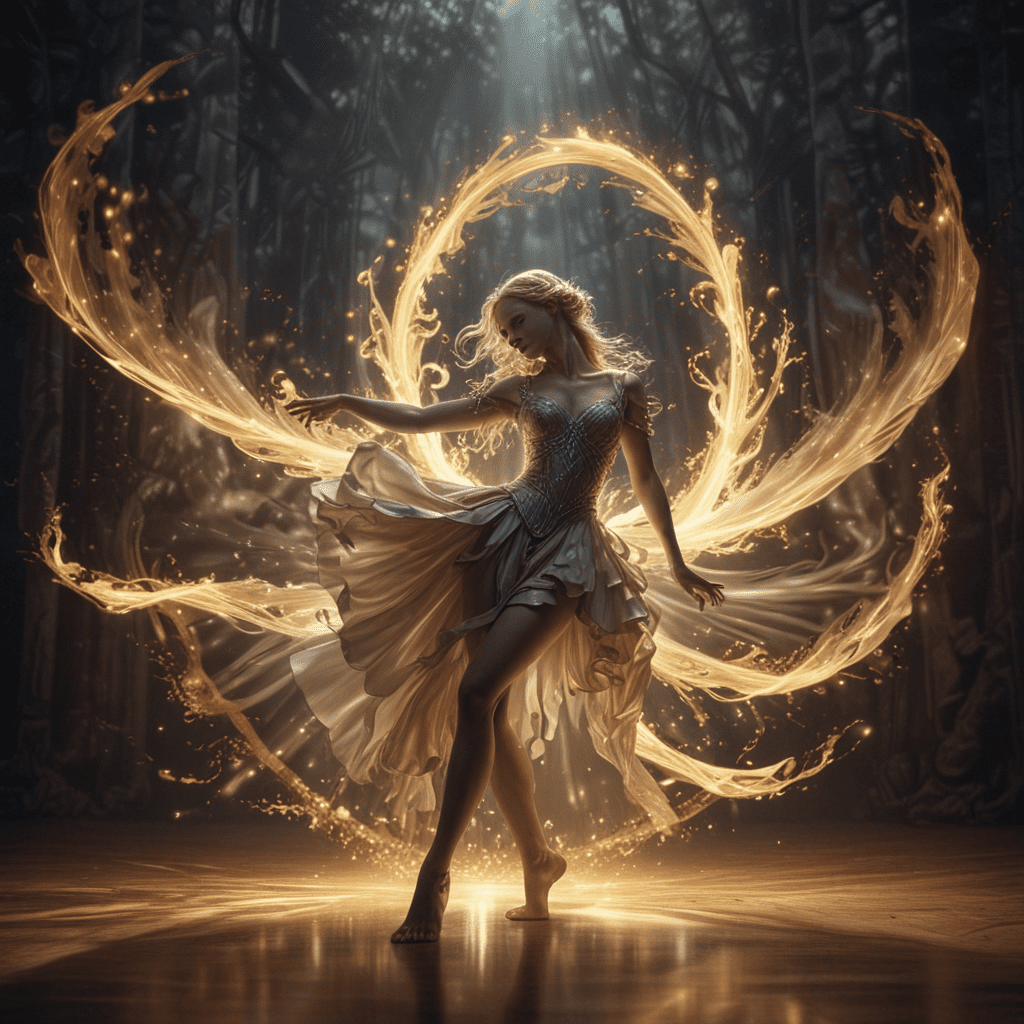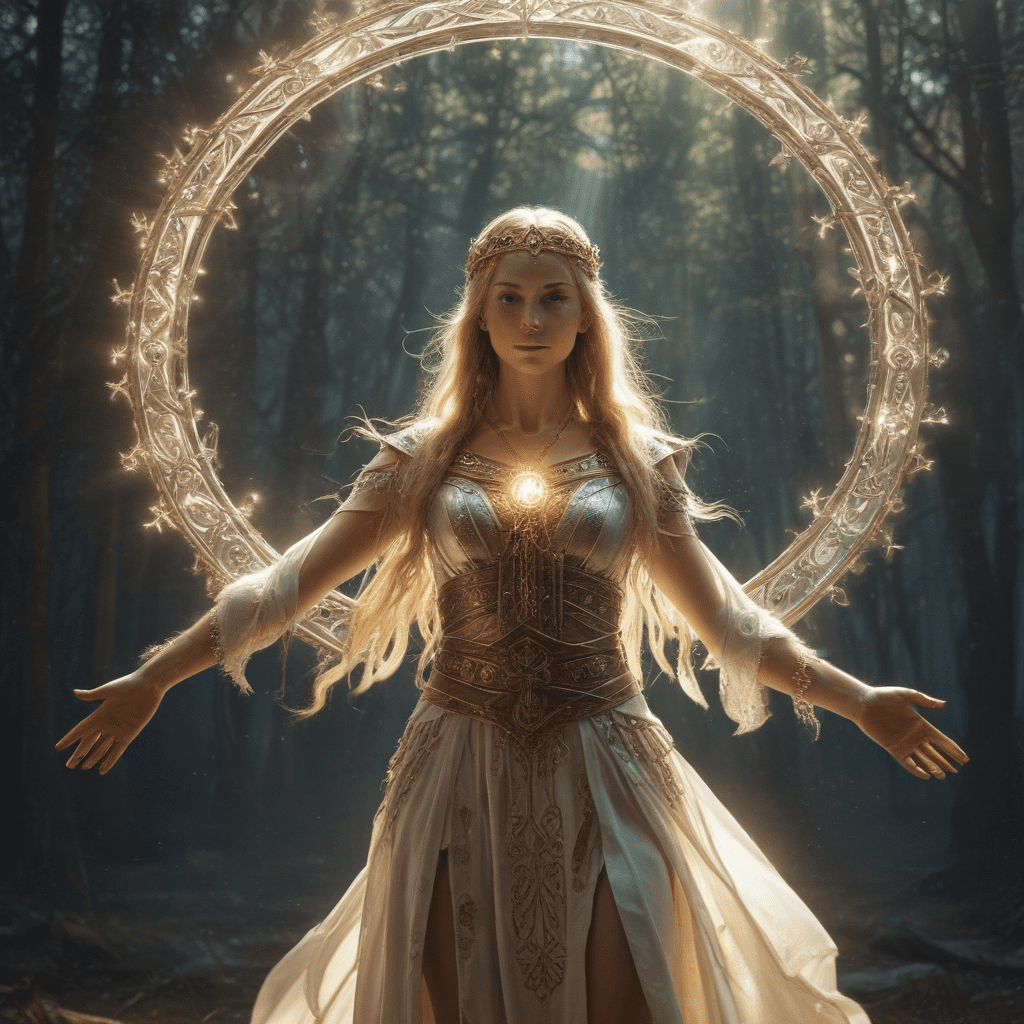1. Introduction: The Enchanting Realm of Finnish Mythology
Nestled in the heart of Northern Europe, Finland holds a rich tapestry of folklore and mythology that has captivated generations. Finnish mythology is a captivating blend of ancient beliefs, epic tales, and otherworldly beings that reflect the deep connection between the Finnish people and their natural surroundings. Step into this enchanting realm and discover the captivating stories of deities, spirits, and heroes that have shaped Finnish culture and imagination for centuries.
2. The Cosmic Axis: Pohjan Akseli and the World Tree
At the center of Finnish mythology lies Pohjan Akseli, the cosmic axis that connects the heavens and the underworld. This sacred pillar is represented by the World Tree, a towering oak or birch that symbolizes the interconnectedness of all things. The World Tree's roots delve deep into the depths of Tuoni, the realm of the dead, while its branches reach towards the celestial abode of the gods. It is through Pohjan Akseli that mortals may communicate with the divine and otherworldly beings.
3. Creation Myth: The Genesis of the Earth and Sky
According to Finnish mythology, the world was born from the primordial egg of a mystical bird, Ukko. From the egg emerged Väinämöinen, the wise old sage and culture hero, who gave form to the Earth and Sky. He crafted the land from sand and stones, and separated the waters from the heavens using his magical harp. Väinämöinen's creation myth reflects the deep respect and reverence that the Finnish people have for nature and the forces that shape their world.
4. The Sun and Moon: Celestial Deities in the Sky
In the celestial realm, the Sun and Moon play pivotal roles in Finnish mythology. The Sun, known as Päivä, is a benevolent deity who brings warmth and light to the world. The Moon, known as Kuu, is a feminine goddess associated with fertility and the cycles of nature. Together, they illuminate the heavens and guide the passage of time, reminding mortals of the rhythm and balance of the natural world.
5. Spirits of Nature: Väinämöinen, Louhi, and Ilmarinen
Finnish mythology is replete with a vast array of spirits and deities that inhabit the natural world. Väinämöinen, the wise old sage, presides over the waters and possesses great knowledge and wisdom. Louhi, the mistress of the underworld, rules over Tuoni and is often depicted as a cunning and powerful sorceress. Ilmarinen, the divine blacksmith, is known for his skill in forging magical objects and is the creator of the Sampo, a mystical artifact that brings prosperity and abundance.
6. The Dance of Darkness: Tuoni and Manala
In the depths of Tuoni, the underworld, resides Manala, the realm of the dead. Here, the souls of the departed dwell in eternal darkness, guarded by the enigmatic figure of Tuoni. Tuoni is both the ruler of Manala and the personification of death. He is often depicted as a hooded figure with glowing eyes, his presence casting a chilling veil over the land of the dead.
7. Kalevala: The Epic of Finnish Folklore
The Kalevala is the national epic of Finland, a compilation of ancient poems and tales that narrate the adventures of Väinämöinen, Louhi, Ilmarinen, and other mythological figures. Through its enchanting verses, the Kalevala provides a glimpse into the beliefs, values, and traditions of the Finnish people. The epic is a testament to the power of storytelling and its ability to preserve cultural heritage.
8. Symbols and Motifs: Fire, Water, and the Serpent
Finnish mythology is replete with symbols and motifs that convey profound meanings. Fire represents warmth, passion, and renewal. Water symbolizes purity, life, and the fluidity of existence. The serpent, a recurring figure, embodies wisdom, cunning, and the transformative power of nature. These symbols and motifs weave their way through Finnish mythology, adding depth and resonance to the tales.
9. The Influence of Christianity and External Cultures
Over time, Finnish mythology has been influenced by various external factors, including Christianity and interactions with neighboring cultures. Christian beliefs have blended with traditional myths, leading to reinterpretations and new perspectives. Additionally, elements from Norse mythology, Germanic folklore, and Sami traditions have seeped into Finnish mythology, enriching its tapestry of stories and characters.
10. Contemporary Interpretations: Finnish Mythology in Modern Art and Literature
In modern times, Finnish mythology continues to inspire artists, writers, and musicians. Its rich imagery and captivating characters have found expression in contemporary paintings, sculptures, films, and novels. Finnish mythology offers a timeless source of inspiration for creatives, allowing them to explore themes of identity, nature, and the human condition through the lens of ancient legends.
FAQs
Q: What is the significance of the World Tree in Finnish mythology?
A: The World Tree represents the cosmic axis, connecting the heavens, Earth, and the underworld. It symbolizes the interconnectedness of all things and serves as a conduit for communication between the realms.
Q: Who is the most important deity in Finnish mythology?
A: Väinämöinen is considered the most significant deity in Finnish mythology. He is the wise old sage and culture hero who gave form to the Earth and Sky and possesses great knowledge and wisdom.
Q: What is the role of Tuoni in Finnish mythology?
A: Tuoni is the ruler of Manala, the realm of the dead. He is the personification of death and guards the souls of the departed in eternal darkness.
Q: How has Christianity influenced Finnish mythology?
A: Christian beliefs have blended with traditional Finnish myths, leading to reinterpretations and new perspectives. Elements of Christian theology and imagery have been incorporated into some mythological tales.
Q: Why is Finnish mythology still relevant today?
A: Finnish mythology continues to inspire artists, writers, and musicians in contemporary times. Its captivating characters, rich imagery, and timeless themes resonate with modern audiences, providing a source of inspiration and cultural connection.



